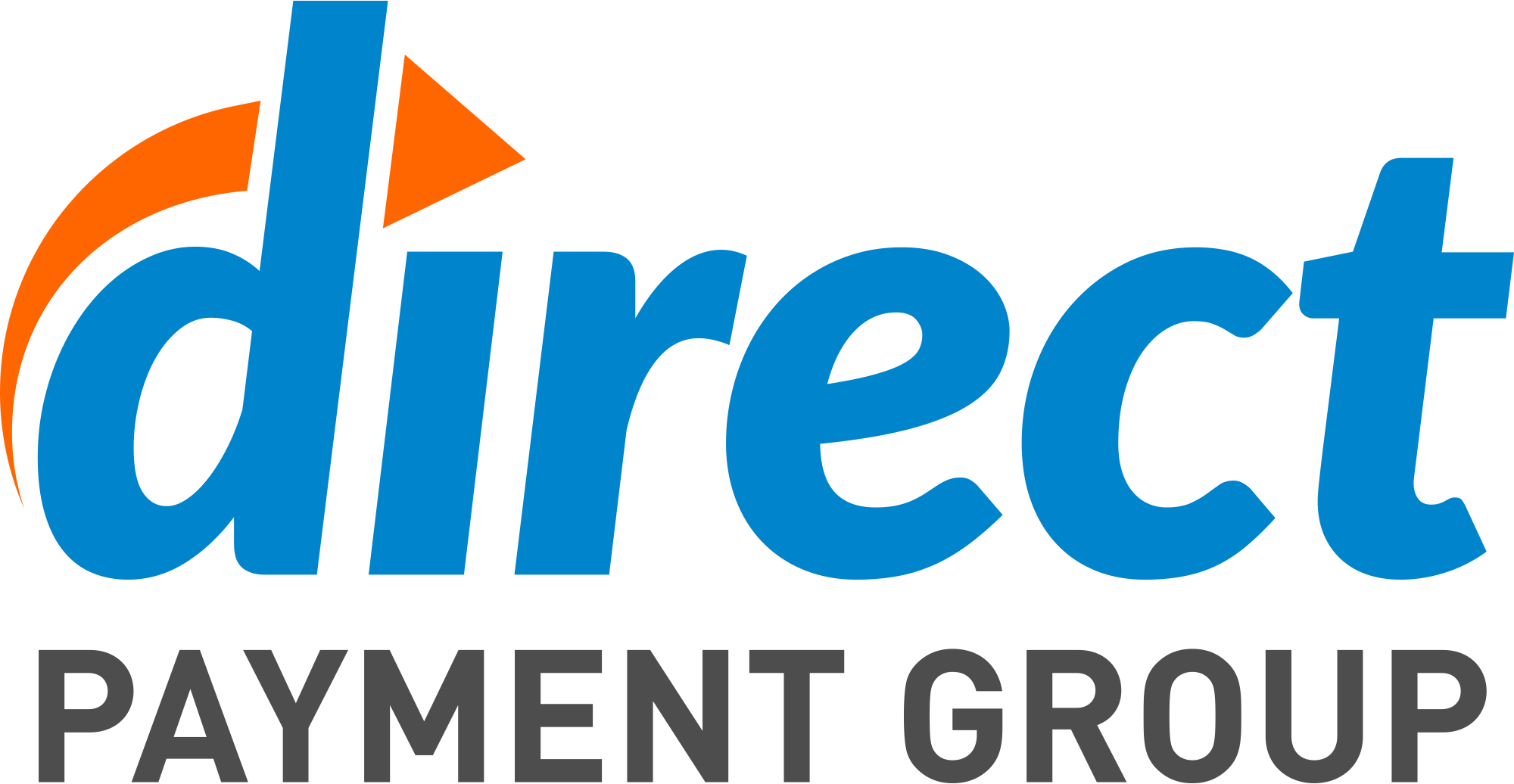ACH Payments: The Overlooked Payment Method That Is Costing You Money
Ever consider accepting ACH payments? Your customers are more likely to recognize them as bank transfers or direct payments, but they mean the same thing: convenience for your customers and a big money-saver for you.
Did you know?
ACH stands for Automated Clearing House, A network that oversees processing payment transactions between participating financial institutions.
By using ACH payments, you can withdraw funds directly from your customer’s bank account to yours, skipping the payment processing middle men (and their fees). No checks, credit cards, wire transfers, or cash to worry about.
Traditionally, ACH payments have been used for transactions like your recurring phone bill or mortgage and receiving salary from employers, but ACH payments can be used for all kinds of purchases. One down side, ACH is not available everywhere, which is something you should consider if you do business with customers outside the continental United States.
Benefits ACH Billing Provides
ACH billing provides a number of benefits to both merchants and customers. Here are the most important:
- It costs merchants less than processing credit cards – ACH billing is free to customers and costs merchants far less than processing credit card payments or accepting wire transfers; ACH processors may charge either a flat fee or a percentage rate
- Merchants do not have to worry about expired credit or debit cards – Although ACH transactions can be rejected for things like insufficient funds or mistakes when entering account numbers, the rate of decline with ACH payments is far lower than with credit or debit cards
- It’s easy to process recurring payments – ACH allows you to bill your customers automatically each billing cycle; sure-fire way to eliminate skipped payments
- No paper checks or invoices – This means fewer trips to the bank for you and customers also appreciate not having to write checks; oh, and who doesn’t like saving trees?
- It’s considerate of your customers’ funds – ACH insures customers’ are not spending money they don’t have and building up credit card balances while not paying attention
- ACH Reduces human error
- ACH transactions clear faster than paper checks
- ACH eliminates the risk of checks being lost in the mail
How Can Merchants Find an ACH Provider?
To accept ACH payments you will need an ACH provider. An ACH service provider has one essential function: to transfer funds from bank to bank. In contrast to a merchant service provider that facilitates different types of payment transactions, an ACH service provider only insures that funds make their way from your client’s bank account to yours.
One simple way to find an ACH provider is to ask your current payment processor if they offer the service. In fact, there are added advantages to using your payment processor in terms of reporting and tracking payments, so it’s definitely worth inquiring. Many do, but if yours doesn’t it’s worth looking for a payment processor that does handle ACH transactions.
Your bank may also be able to recommend a provider. Large payment processors often offer this service, but you may want to consider a smaller processor who can offer more personalized service.
Whatever you choose, make sure your chosen payment processor follows best practices on security to protect your customer’s data. Bank account data needs to be handled even more carefully than card data.
What to Expect From an ACH Service Provider
Merchants have three options when choosing an ACH service provider. The approval process varies depending on the type of provider, here listed from most difficult to easiest:
Banks
Since 2013, the FDIC in conjunction with the Department of Justice has tightened regulations on banks regarding the types of companies they can extend ACH services to. These stricter guidelines, combined with rules set by NACHA, the National Automated Clearing House Association, can turn the approval process into a tedious affair, especially for new businesses. You also need to make sure your bank even offers ACH processing, since not all do. If you find your bank does not offer ACH, the only other option is to establish an account at a bank that does and repeat the vetting process, which may not be possible or worth the effort.
Third-party payment processors
Acts as an intermediary between your business and the originating bank. Transactions may take longer since the third party provider uses their account to receive funds from the bank, not yours, essentially creating two transactions: one between the originating bank and the third-party processor, another between the processor and your bank. The upside is that a reputable third party processor has already been vetted with the banks, so the application process (for the business) is virtually under no scrutiny at all.
Stand alone ACH service providers
Essentially, stand alones are a ACH payment gateways. As such, they do not hold funds at any time, which tends to make the transaction between banks a bit quicker. Also, since stand-alones play such a limited role in the transaction (compared with third-party payment processors) their fees tend to be lower.
ACH is useful for businesses of all sizes, but it pays to do your due diligence in finding a service that best fits your needs and budget. If you have a long-standing relationship with your bank and they provide ACH services, the approval process should be fairly straightforward and you’re able to transact through an institution you know and trust. If, on the other hand, you would prefer an intermediary take care of the application process or if fees are a major concern for your business, I suggest looking into third-party or stand alone ACH services.
How to Strategically Move Customers Off of Credit Card Billing
If you have customers who are currently paying recurring bills by credit card, here are some best practices and tips for moving them over.
The first step is to make your customers aware of the option and its benefits. It’s useful to highlight the fact that ACH payments are a “set and forget” solution. Although they can be canceled easily, your customers won’t ever worry about missing a payment once they’re set up on ACH payments. This includes payments that vary slightly from month to month, such as utility bills.
You can also explain to them that they won’t need to update their billing information when their credit cards expire. Again, they can forget about how their payments are being processed unless their circumstances change, like changing banks.
In some cases, providing an incentive to switch can be helpful. Charging a convenience fee for credit cards is one way to do this, but it might not go over well if you have traditionally offered credit card billing for free. While many customers are happy to switch to ACH, some are less comfortable with it and may need a perk or two to switch, in addition to a full education on how ACH processing works.
It might be better to offer a one-time discount for the month after switching, a sweepstakes for some kind of reward, or a low-value gift card as a reward for signing up for ACH payments. This is an easy way to get your customers to switch and will pay for itself over the next few months as your processing fees drop.
Key to it all is educating customers on what ACH payments are and what they mean. Using other terms such as direct payments can be helpful here; many people are making ACH payments already, without knowing what they are.
If you are looking to start accepting ACH payments, especially for recurring billing, Direct Payments Group can help. Contact us to find out how we can help you with ACH payments as well as credit and debit card transactions. We offer a personalized approach and lower fees than larger payment processors.






